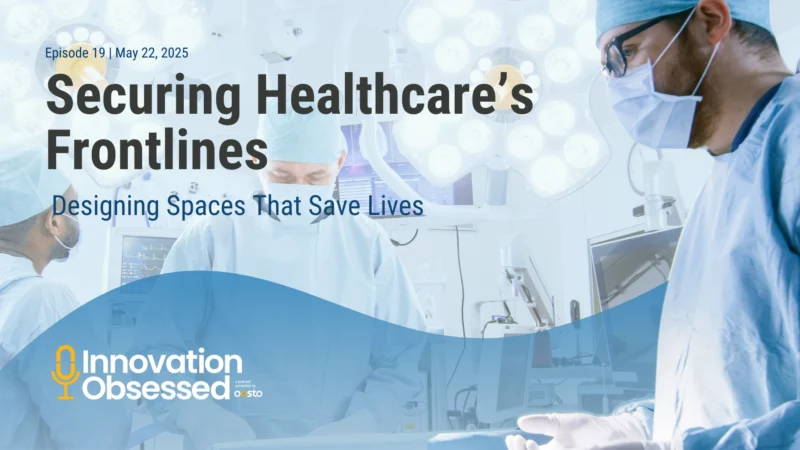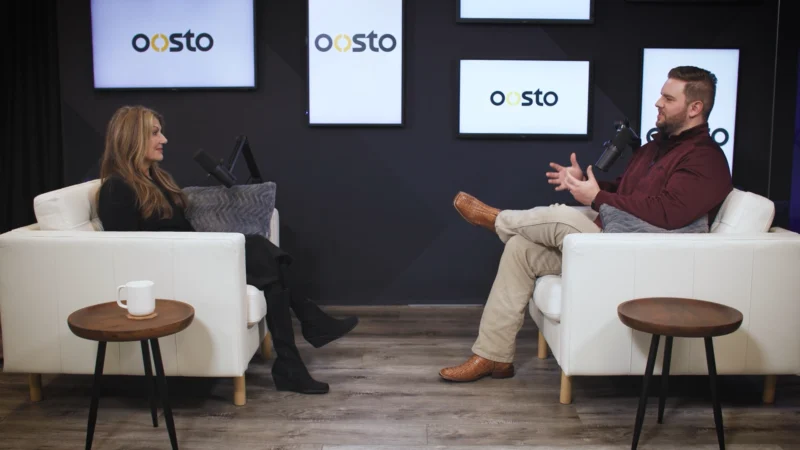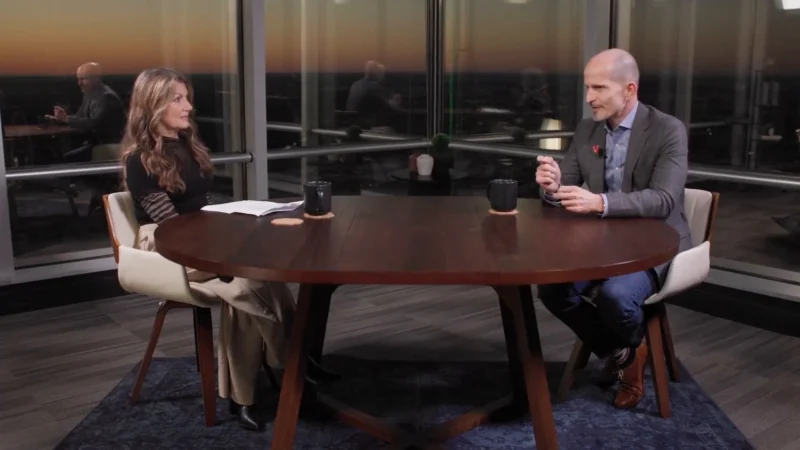Staying Left of the Bang: How AI Helps Security Teams with Crisis Prevention
Most security conversations focus on responding to attacks or incidents after they occur. This week, our Innovation Obsessed panel shifts the focus to prevention—moving left on the timeline, before the bang. What can you know in advance? How early can you know it? And most importantly, how can you stay ahead of the threat, keeping your team left of the bang?
You might be surprised to learn that there is so much that can and should be done to prevent incidents—they don’t have to be inevitable. From monitoring perimeters and entrances to securing high-risk areas, predictive analytics are reshaping how we protect environments like hospitals, universities, and corporate campuses. By identifying risks in real time—whether it’s spotting unusual behavior in a parking lot or detecting threats in crowded spaces—organizations are now acting smarter and faster—keeping environments safer by staying ahead of potential crises.
In Episode 4 of Innovation Obsessed, we build on the insights from Episode 3, diving deeper into how AI helps security teams stay ‘left of the bang.’ Our expert panel, which comprises Patrick Welsh, General Manager of Americas at Oosto, Joseph Souza, Vice President of Sales at Serverli, Avi Golan, CEO at Oosto, and Wesley Drake, COO at Omni-Response, discusses how AI can turn existing cameras into proactive security systems, enhancing situational awareness and response times in high-stakes environments.
Left of the Bang is a term created by authors Patrick Van Horne and Jason A. Riley, former active-duty marine officers and instructors.




